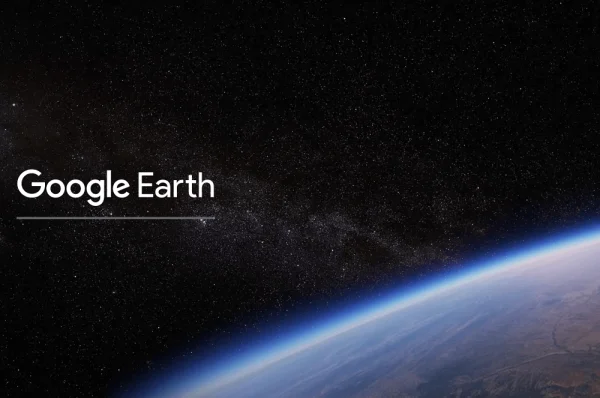
How Often Does Google Earth Update Its Imagery?
Google Earth paints a breathtaking portrait of our planet, letting us virtually explore mountains, oceans, and even our own neighborhoods. How often does this digital picture get refreshed? Unlike live feeds, Google Earth relies on satellite and aerial imagery, and the update schedule can vary.
A Glimpse into the Refresh Cycle
The average Google Earth image is 1-3 years old, though some areas might be older or newer. This time-frame depends on a few key factors:
1. Data Availability from Suppliers: Google partners with various vendors who capture satellite and aerial imagery. The frequency with which these suppliers update specific areas can influence how often Google Earth gets refreshed.
2. Cloud Cover Concerns: Even the most advanced cameras can’t pierce through persistent cloud cover. If a region is frequently cloudy, capturing clear images might take longer, delaying updates for that area.
So, When Can You Expect Newer Views?
Unfortunately, Google doesn’t publish a specific schedule for imagery updates. However, there are ways to stay on top of potential refreshes:
1. The Power of Historical Imagery: While the primary view might not be the newest, Google Earth offers a cool feature: historical imagery. This lets you see older versions of the same location, giving you a glimpse into how an area has changed over time.
2. Keeping an Eye on the 3D Buildings Layer: Sometimes, the 3D Buildings layer might have more recent imagery compared to the base layer. Toggling between these layers in Google Earth can reveal hidden updates.
3. User Requests Can Help: While Google prioritizes updates based on various factors, user requests can also play a role. If you feel an area desperately needs a refresh, you can submit feedback through the menu in Google Earth. Search for “Feedback” and then “I would like to recommend an imagery refresh” to voice your request.
Beyond the Update Schedule
While new imagery is always exciting, it’s important to remember that Google Earth offers a vast collection of historical imagery too. This lets you explore how our planet has transformed over time. Additionally, Google Earth integrates other enriching features like Street View, 3D models of landmarks, and information overlays, making it a powerful tool for exploration and learning.
Explore the Ever-Changing World (Even Virtually)
While Google Earth updates might not follow a set schedule, the available imagery provides a fascinating glimpse into our planet. With a combination of existing imagery, historical views, and user feedback, Google Earth strives to keep its digital portrait of Earth as fresh as possible. So, fire up Google Earth and embark on a virtual adventure – you never know what you might discover!
FAQs: Unveiling the Refresh Rate of Google Earth’s Imagery
Q: How often does Google Earth update its satellite images?
A: The average image is 1-3 years old, but it varies. Factors like supplier data and cloud cover can affect update frequency.
Q: Is there a way to know exactly when an area gets updated?
A: No, Google doesn’t publish a specific update schedule.
Q: How can I see if there are newer images available for a specific location?
A: While the main view might not be the newest, try checking the “Historical Imagery” feature or toggling to the 3D Buildings layer, which may have more recent imagery.
Q: Can I request Google Earth to update a specific area?
A: Yes! Submit feedback through the menu in Google Earth. Search for “Feedback” and then “I would like to recommend an imagery refresh.”
Q: Besides waiting for updates, are there other ways to explore changes over time?
A: Absolutely! Google Earth’s “Historical Imagery” feature lets you see older versions of locations, showcasing how they’ve transformed.

Leave a Reply